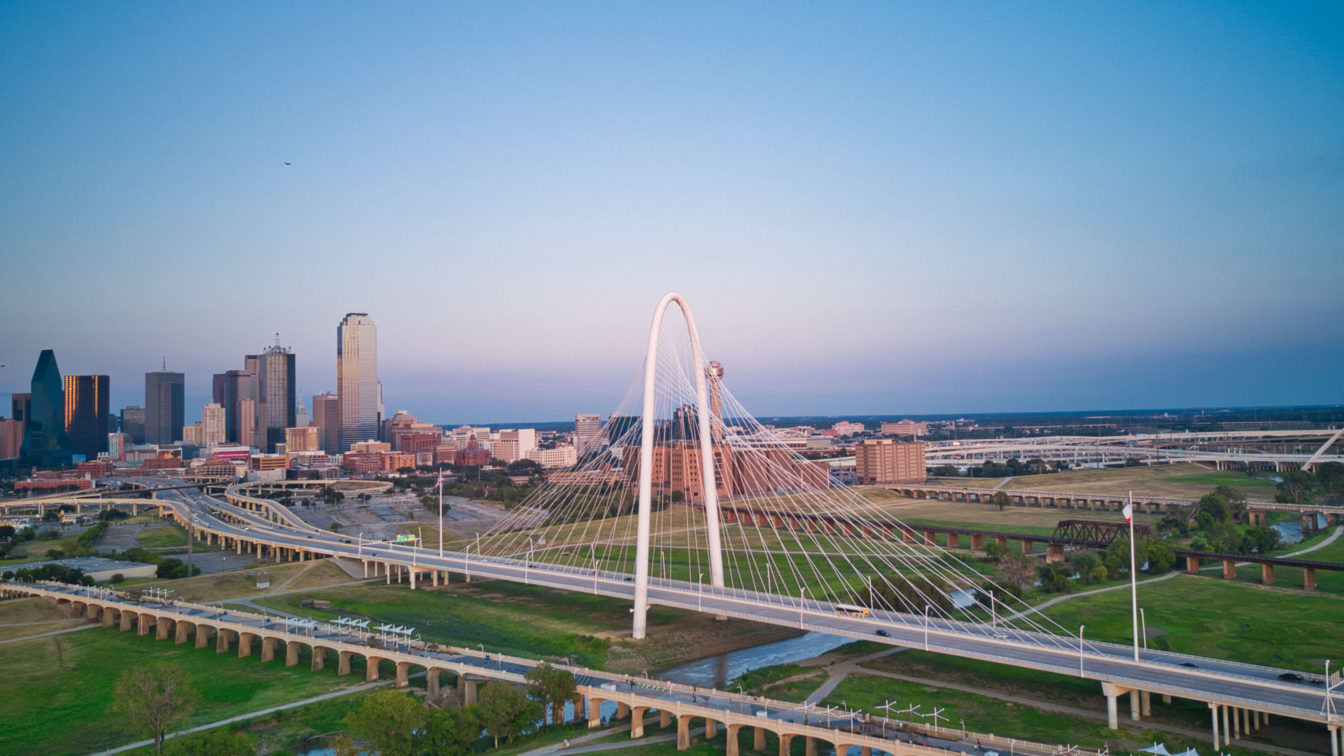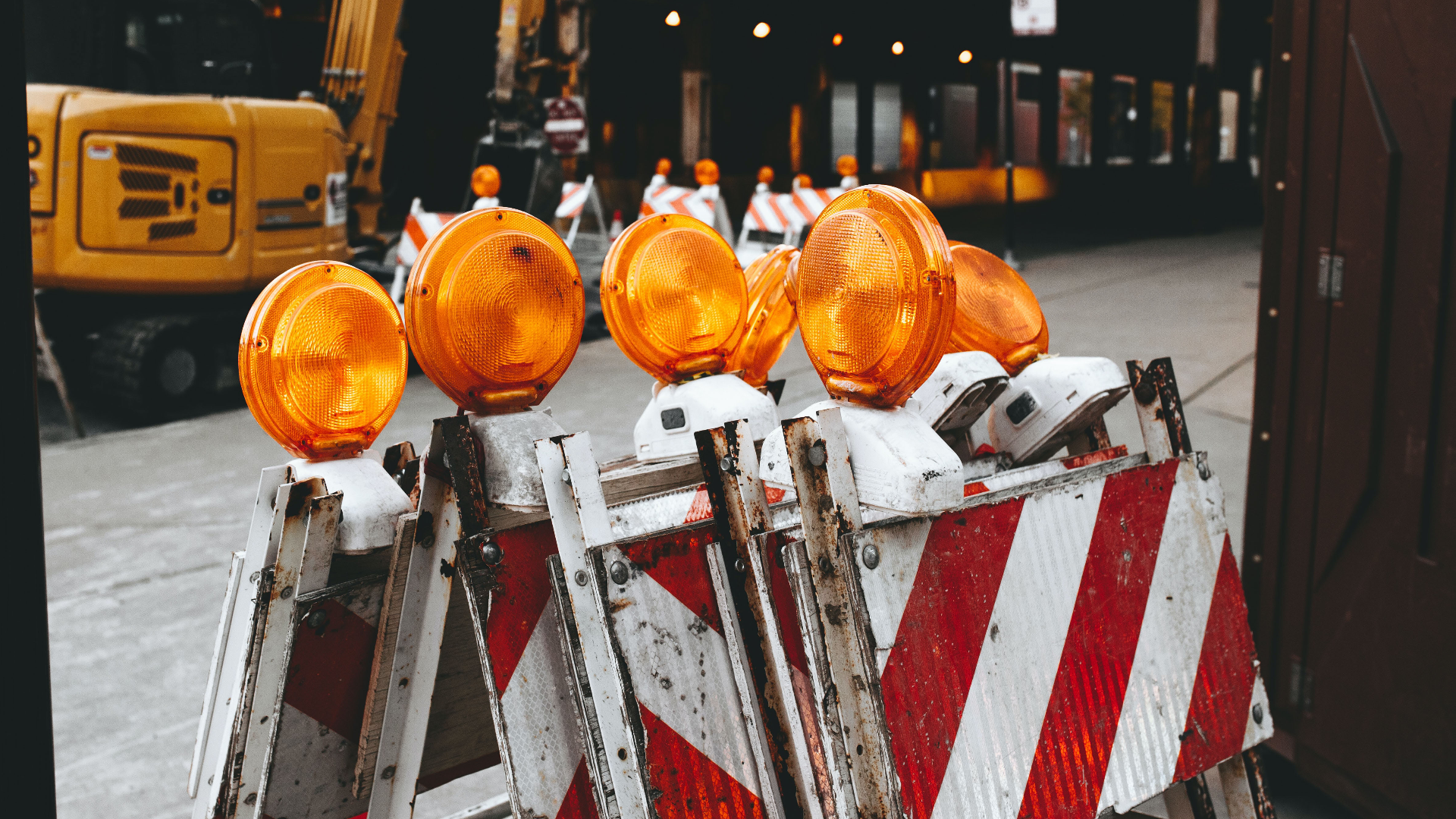Challenge
Alaska is the biggest state in the United States and its mountain ranges, glaciers, and vast wilderness create natural barriers to transportation. More than 80 percent of Alaskan communities are inaccessible by the road system and can be reached only by air, sea, river, or overland using ATVs, snow machines, or even sled dogs. Of Alaska’s communities, 251 are served exclusively by air.
The National Highway System is also unlike any in the Lower 48. It includes six-lane urban freeway segments with volumes up to 68,000 a day and 400 miles of the mostly-unpaved Dalton Highway extending to the North Slope with segments seeing as little traffic as 105 vehicles a day. So how does the Alaska Department of Transportation & Public Facilities (DOT&PF) prepare for a world where changing populations, aging transportation infrastructure, geographic and socioeconomic diversity, funding challenges, and cutting-edge technologies combine?
Solution
Maintaining a well-connected, reliable, and safe transportation system takes planning. To accomplish this, we are working with planning partners, agency stakeholders, tribal entities, and the public to understand individual and collective needs, framing potential, and using the best data resources and tools to forecast the most likely outcomes. Kittelson is also facilitating two committees to advance this plan: a statewide transportation advisory committee and a freight advisory committee comprised of industry professionals and technical experts.
The Outcome
Planning for Alaska's Future and Economic Vitality
Alaska Moves 2050, the Statewide Long Range Transportation Policy Plan and Freight Plan, will outline goals, measurable actions for an adaptable and resilient transportation system that will continue to serve all Alaskans, businesses, and visitors. This approach is a data driven, strategic method used to provide public and stakeholder involvement and accountability throughout the process.
By following performance-based planning, we are helping Alaska DOT and Public Facilities improve decision-making, get higher returns on investments, set clear expectation, and improve the overall performance to the multi-modal network. During our first virtual outreach event, we had over 2,400 respondents from almost every region of Alaska, surpassing previous records of public engagement with the state!



